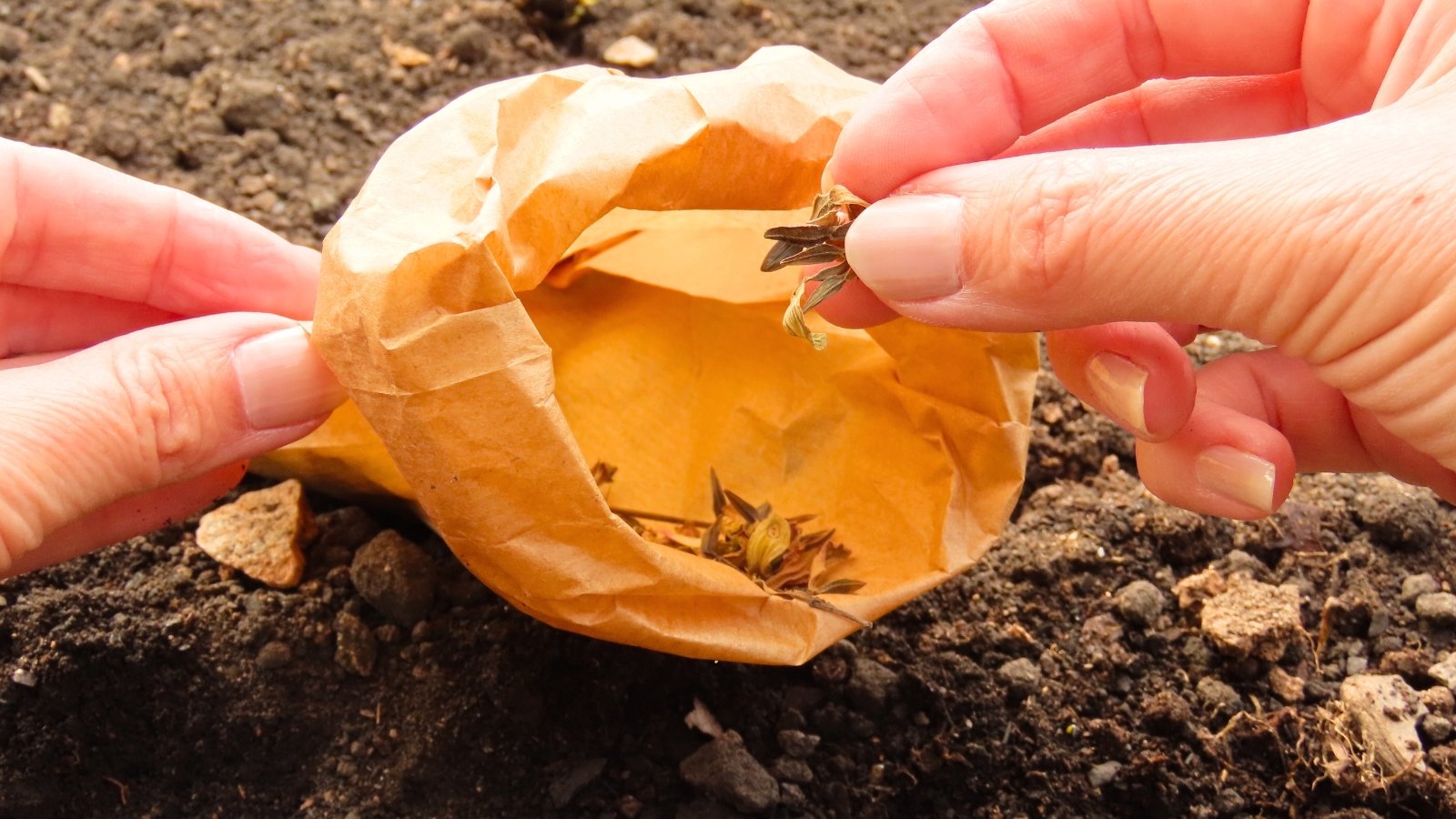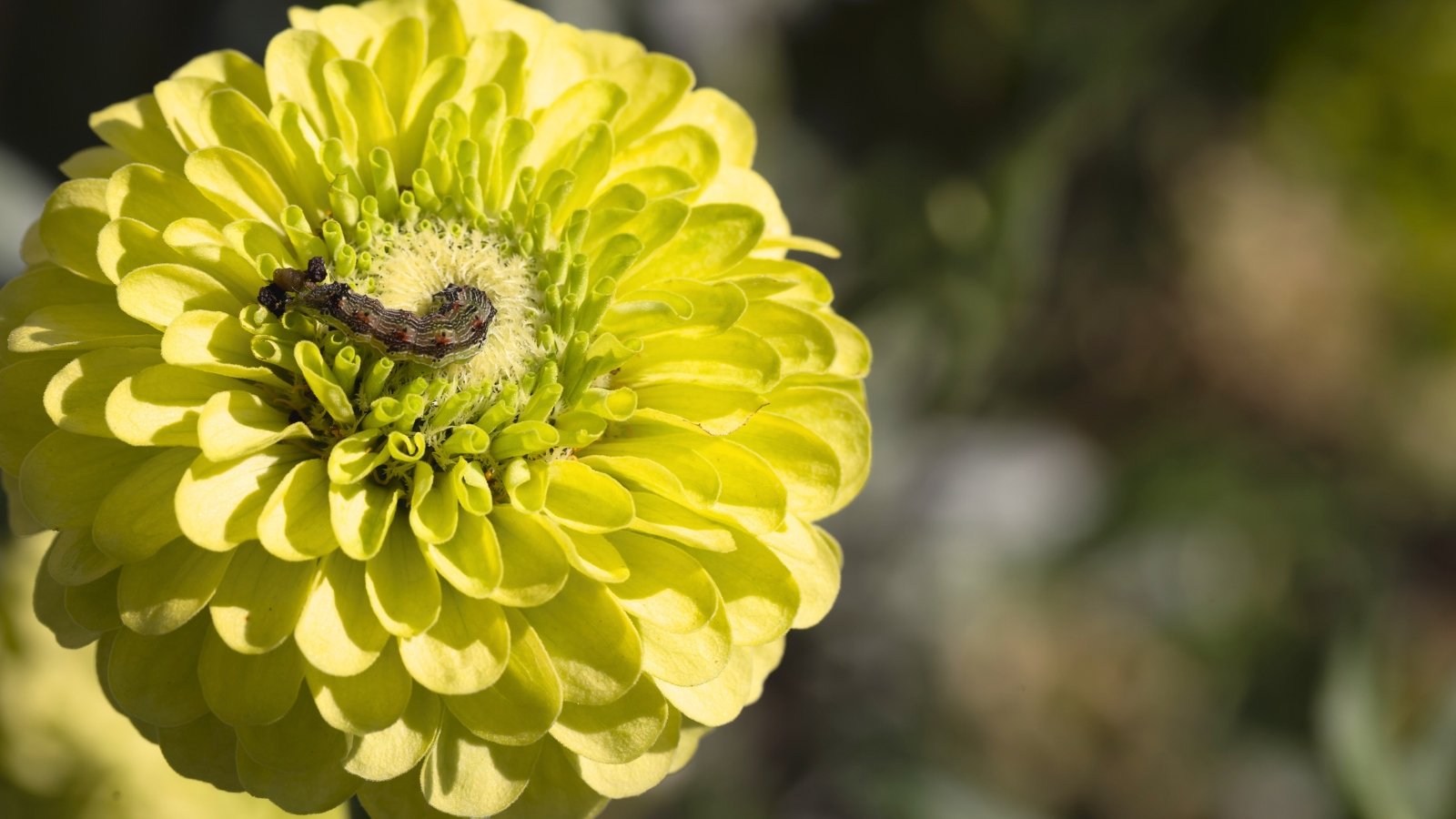PROTECT YOUR DNA WITH QUANTUM TECHNOLOGY
Orgo-Life the new way to the future Advertising by AdpathwayZinnias are one of my all-time favorite flowers to grow. In the cutting garden and out, they are reliable, sturdy, and produce one of the butterflies’ favorite flavors. I never get tired of perusing the seemingly endless list of beautiful varieties.
Zinnias are flowering annuals native to the southwestern United States and Central America, particularly in northern Mexico. There you will find them growing wild and bountiful in open grasslands, soaking up the sun. Of about 17 different species, Z. elegans is the most commonly grown in cultivated gardens.
I love them for their hardiness and heat tolerance. They come in a wide range of colors and bloom in sizes from one to six inches in diameter. With their pollinator appeal and long vase life as cut flowers, I will never not plant them in my garden. Here are some things I’ve learned about keeping my zinnias bright and blooming all summer long.

Plant in Full Sun
 Long sunny days keep the flowers blooming and strong.
Long sunny days keep the flowers blooming and strong.Plenty of sunlight is the main ingredient for making your zinnias bloom all summer. They prefer at least six to eight hours of sun daily. The sun isn’t just important for the blooms, though it certainly is that; it also has other vital roles.
Zinnias can grow quite large and tall. If they receive sufficient sunlight, their stems will be thick and strong, enabling them to withstand the elements more effectively. Weak, leggy zinnias may flop over when they bloom because the flowers are too much for spindly stems to support.
Sunlight also combats fungal disease issues. Powdery mildew can be an issue for zinnias. While it won’t kill them outright, powdery mildew can inhibit photosynthesis and reduce the vigor of your plants. Plenty of sunlight and air circulation are the key to combating this disease.
Succession Sow
 The most dazzling blooms often come from second sowings.
The most dazzling blooms often come from second sowings.Another great way to make sure your zinnias bloom all summer is to succession sow them. Succession sowing involves planting seeds every two to three weeks over a period of time, rather than all at once. This will result in plants that grow and mature at different times.
You can keep your zinnias blooming all summer without this, but as plants get older, they tend to get tall and leggy. Even if you grow them in full sun, the blooms can get smaller over time.
This is especially helpful with fancy and double-flowered varieties. Often, the first couple of flowers on these are larger and more densely petaled, but the flowers get less showy over time, with some reverting to single form. Succession sowing will mean that you will have zinnias that bloom all summer.
Pinch Early
 A gentle pinch now prevents top-heavy tumbles later on.
A gentle pinch now prevents top-heavy tumbles later on.Pinching is another excellent way to make your zinnias bloom all summer. Pinching is a method of pruning that involves pinching or cutting off the top leaves of the plant. This encourages branching, and more branches mean sturdier plants with more flowers.
You don’t want to wait too long to do this, or you’ll have a tall central stem. With a lot of heavy branches that start farther up on that stem, the plant will be top-heavy. This structure can cause plants to fall over due to their own weight.
Start early, when your plants have three sets of true leaves. Using your fingers or a small pair of harvesting snips, pinch off the top set of leaves just above the next set down. The buds in the petioles of the lower leaves will begin to develop, and you’ll end up with lovely, shrubby zinnias that bloom all summer.
Cut or Deadhead Regularly
 Regular deadheading keeps blooms coming and plants looking tidy.
Regular deadheading keeps blooms coming and plants looking tidy.Like many flowering plants, allowing your zinnias to go to seed will shorten their lifespan. If you want your zinnias to bloom all summer, it’s important to cut or deadhead them often.
I grow my zinnias for the express purpose of cutting them to bring indoors. I love their benefit to pollinators, too, but as cut flowers, they are definitely a favorite. They have a long vase life, staying perky and colorful long after most are dropping their petals.
If you can’t bring yourself to cut them while they are blooming, I don’t blame you one bit. They are excellent for the pollinators and a delight in the garden. To prevent them from going to seed and fading early, make sure to deadhead the spent flowers. Cut the entire stem down to a point where the central stem branches, keeping your plants compact and bushy.

Water Correctly
 Avoid overhead watering to keep fungal troubles away.
Avoid overhead watering to keep fungal troubles away.If you want your zinnias to bloom all summer, they will need the right amount of water delivered in the right manner. Remember that, in general, they are drought-tolerant, but susceptible to fungus like powdery mildew, which inhibits photosynthesis.
It’s fine to allow the soil to dry between waterings, and it will likely keep the plants healthier. However, I would not leave them in completely dry soil for more than a day, or they will start to droop. In times of drought, they may survive with only a bit of watering, but they won’t bloom as well as a result of the stress.
Watering at the base of the plants is the ideal way to keep them healthy and avoid fungal diseases. Overhead watering is less effective and will keep the bottom foliage damp. Use a drip line or soaker hose at the base of your plants for the best results. Water deeply, but not every day.
Feed Them
 Too much nitrogen means plenty of leaves but few flowers.
Too much nitrogen means plenty of leaves but few flowers.Making your zinnias bloom all summer requires some additional nutrients. Like most flowering plants, the formula matters, and an abundance of nitrogen is not ideal. Excessive nitrogen will result in excessive green growth and insufficient energy applied to flowering.
At planting time, mix some all-purpose fertilizer into your beds. This is the only time it’s ok to apply a balanced formula with an equal ratio of nitrogen to potassium and phosphorus. This will help your plants grow and develop foliage quickly.
After this first application, wait until you pinch and then begin applying a low-nitrogen or bloom boosting formula once a month. A ratio of 5-10-10 is perfect for zinnias that bloom all summer.
Manage Stress
 Watch closely for hungry larvae that can strip leaves fast.
Watch closely for hungry larvae that can strip leaves fast.Finally, managing environmental stress is essential to keeping your zinnia patch healthy. This means dealing effectively with pests and diseases. I wish I could tell you that zinnias are resistant to nuisance insects and diseases, but it’s simply not true.
Plenty of insects like zinnias. Pollinators adore them, especially butterflies. There are also many undesirable insects that will find their way to your zinnia patch and have a feast. Armyworms are among the worst pests in my region. These tiny moth larvae can defoliate a substantial zinnia in what appears to be a single day.
The catch to dealing with pest and disease issues on zinnias is that anything you spray on them is not great for the beneficial insects. It’s essential to maintain the health of those populations, so using insecticides is a huge no-no.
Neem oil is ok to use before they start blooming and can help keep your plants strong enough to get a vigorous start. However, once they start blooming, neem oil can be harmful to both beneficial and harmful insects.
If you must use it, the best way is to spray only the foliage in the early morning or evening when the pollinators aren’t present. This way, it dries by morning and won’t be as harmful by the time the pollinators return.
I’m a proponent of planting more than you need with the expectation that you’ll need to pull a few here and there. When I see signs of armyworms or other pests, I simply pull the plant and toss it. This protects everyone else and helps your zinnias bloom all summer!


 2 weeks ago
21
2 weeks ago
21





















 English (US) ·
English (US) ·  French (CA) ·
French (CA) ·